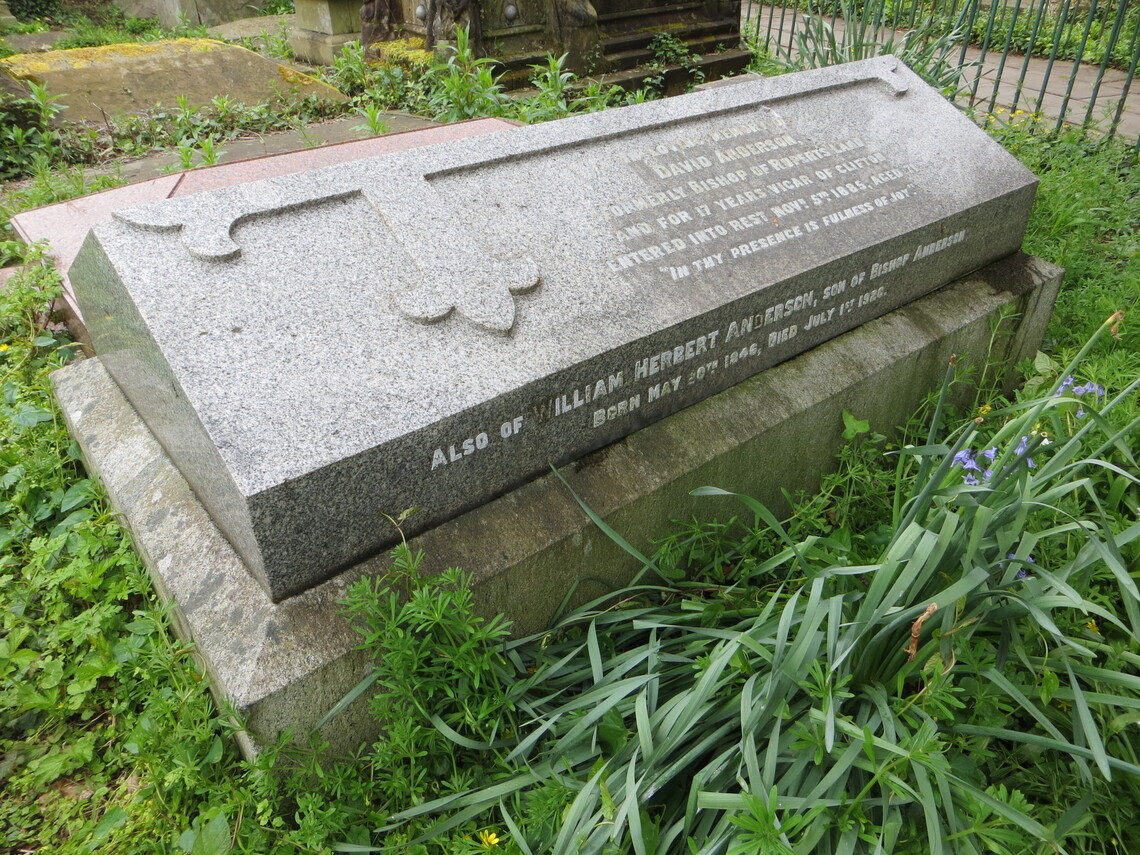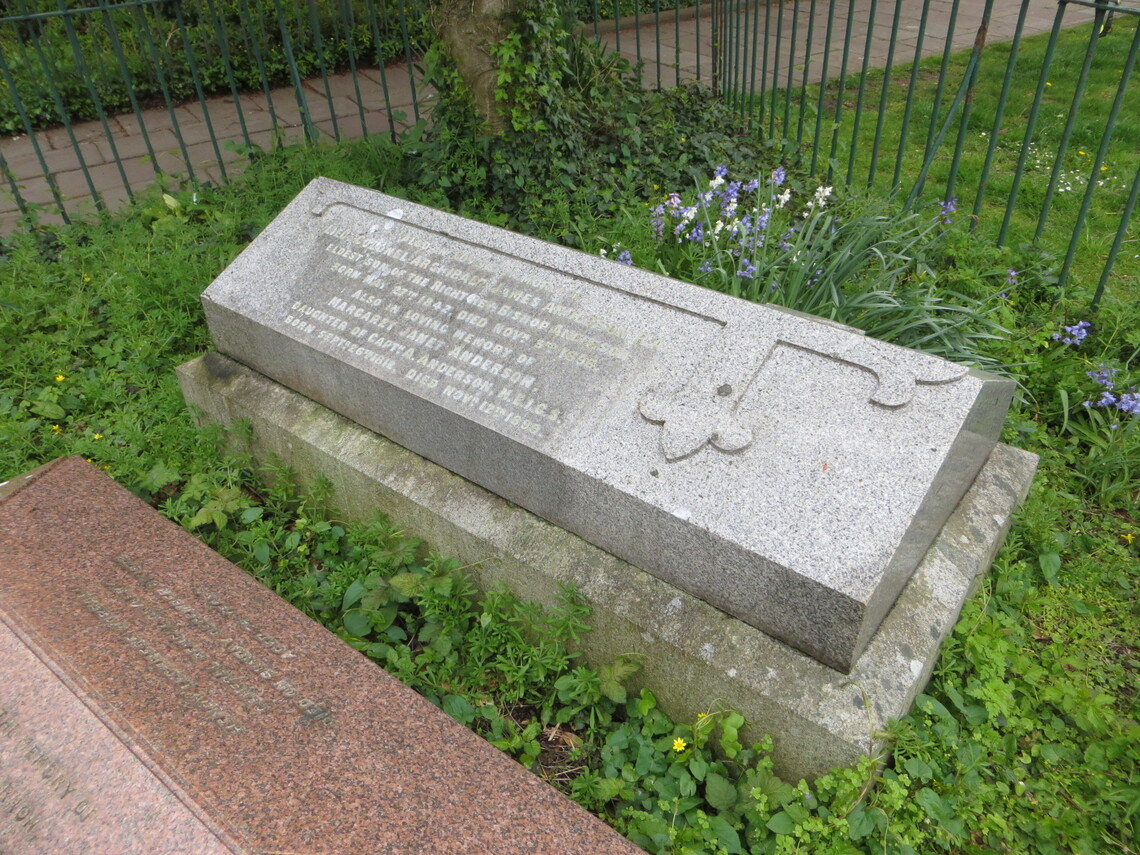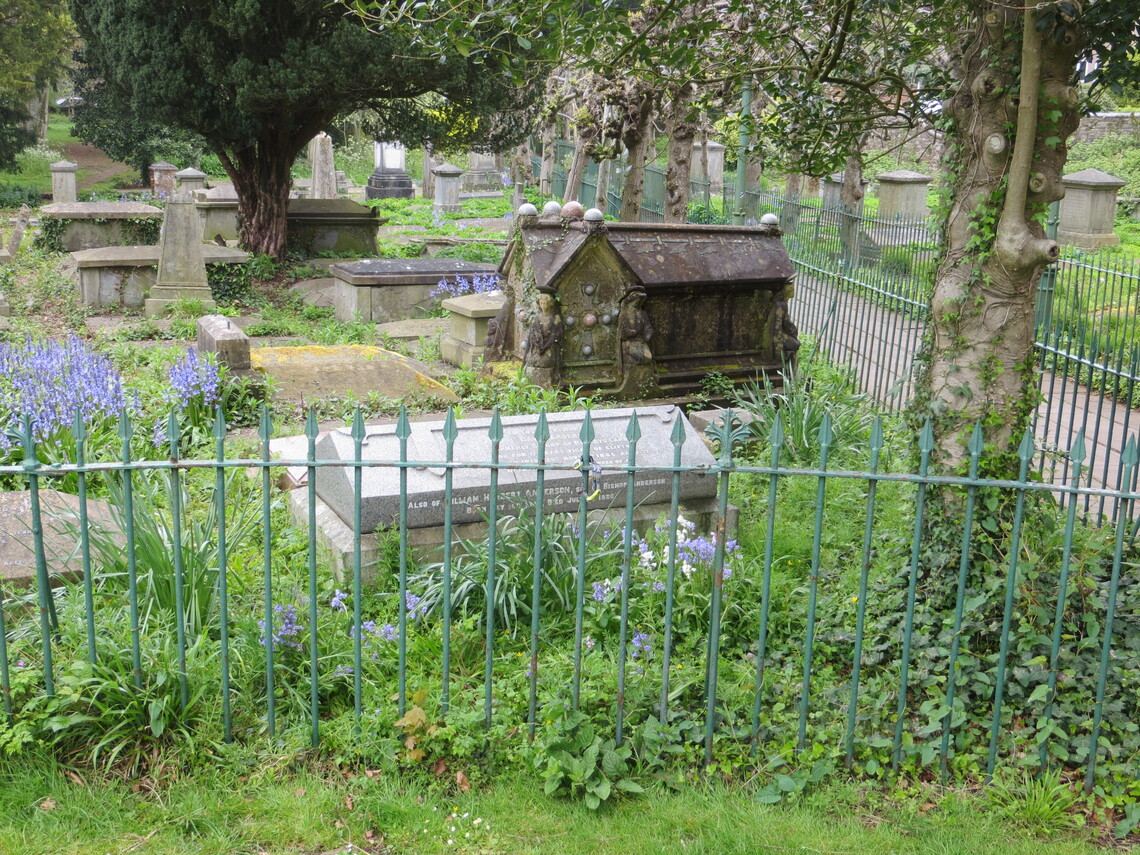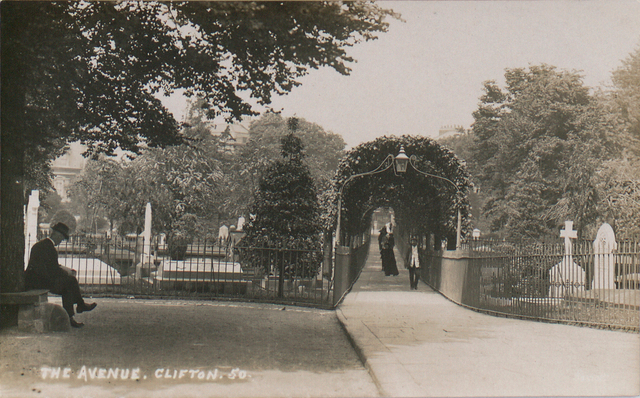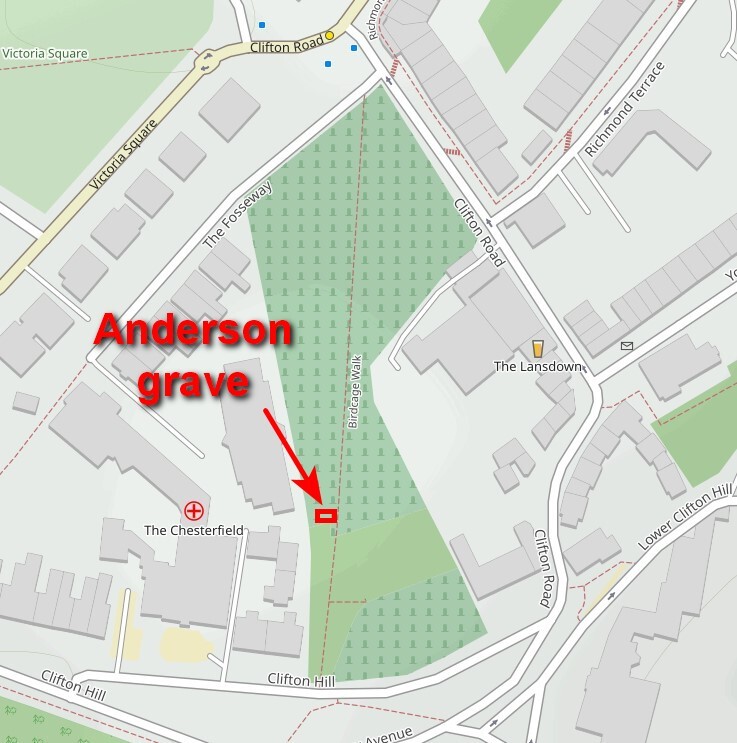When the Luftwaffe bombed St Andrew’s Church in November 1940, the Ecclesiastical Province of Rupert’s Land in Western Canada sent the congregation a resolution of sympathy. The link between the two was David Anderson, who became Vicar of Clifton in 1864 on his return from Rupert’s Land, where he had served as Bishop for the previous fifteen years.
David Anderson was a protégé of Bishop John Bird Sumner, a leading Evangelical who ordained him in 1838. Sumner continued to take an interest in Anderson’s career and when he became Archbishop of Canterbury in 1848, he offered Anderson the newly established diocese of Rupert’s Land, a vast territory in British North America.
Named after Charles II’s nephew, Prince Rupert of the Rhine, Rupert’s Land had been governed since 1670 by the Hudson Bay Company in the interests of its fur trade monopoly. By the early nineteenth century however, demand for fur was declining, so when the Earl of Selkirk founded the Red River Settlement in 1812 for Scottish crofters displaced by the Highland Clearances, the Rupert’s Land economy started the shift towards agriculture.
It was at Red River Settlement that the Hudson Bay company provided a house and land for the new Bishop and by the time David Anderson arrived in 1849, the descendants of the Highland crofters had become influential members of the Red River colony. Although Presbyterian, they worshipped at the Anglican church of St John, where they had paid for their pews. In 1851 however, the Presbyterians recruited their own minister and demanded compensation for their interest in the pews, as well as the continued right to bury their dead in St John’s churchyard. David Anderson refused and the subsequent argument became so rancorous that the Hudson Bay Company intervened and advised the Bishop to concede.
The dispute with the Presbyterians was just one of the many religious, political and social controversies that plagued David Anderson’s incumbency. Although many of these problems involved his own clergy, the Bishop persevered until December 1862 when the Reverend Griffith Owen Corbett was jailed for allegedly carrying out an abortion on his maidservant. Anderson’s position became untenable and he resigned.
On his return to England, Bishop Anderson was welcomed as the new Vicar of Clifton, where he served for seventeen uneventful years. He died in 1885 and was buried in a prominent plot on the south west boundary of St Andrew’s churchyard, together with his sister, Margaret and two of his three sons, Archibald and William.
Anderson grave South side
Anderson grave North side
Anderson grave viewed from South
1910 view - Anderson grave is left of centre
Location of grave in the churchyard - the grave is best viewed from outside the railings to the south. Be warned that walking among the crowded gravestones is muddy and slippy underfoot, with many potential trip hazards.
